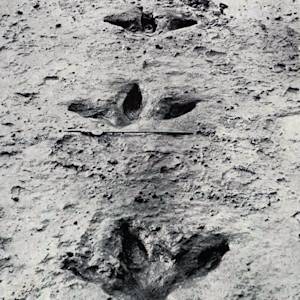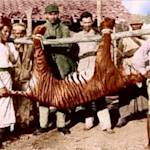Syrian Wild Ass
Extinct circa 1927 CE • Basra, Iraq
"The Italian traveler Della Valle described a captive "wild ass or little onager" in Basra, southern Iraq, in 1625 and the English excavator of Nineveh, Sir Austen Layard, reported 280 years later that the Bedouin "bring the foals up with milk in their tents...They are of a light fawn colour- almost pink. The Arabs still eat their flesh." In 1859 the onager was becoming scarce in the Syrian desert (Badietesh Sham) and in Palestine but, according to the Englishman Canon Tristram, was still common in Mesopotamia and could be seen in the summer traveling in great white herds as far as the Armenian mountains. The first real threat to the onagers' survival came with World War I when, with the Arab push towards Damascus, the whole area was overrun by heavily armed Turks, Bedouin and British troops, and the automobile began to replace camel and train in opening up the deserts."
Sourced by Pelin Batu. Yadav, P. R. Vanishing and Endangered Species. New Delhi: Discovery Pub. House, 2004. 260-261.
Syrian Wild Ass in London Zoo, Frederick York, 1872.
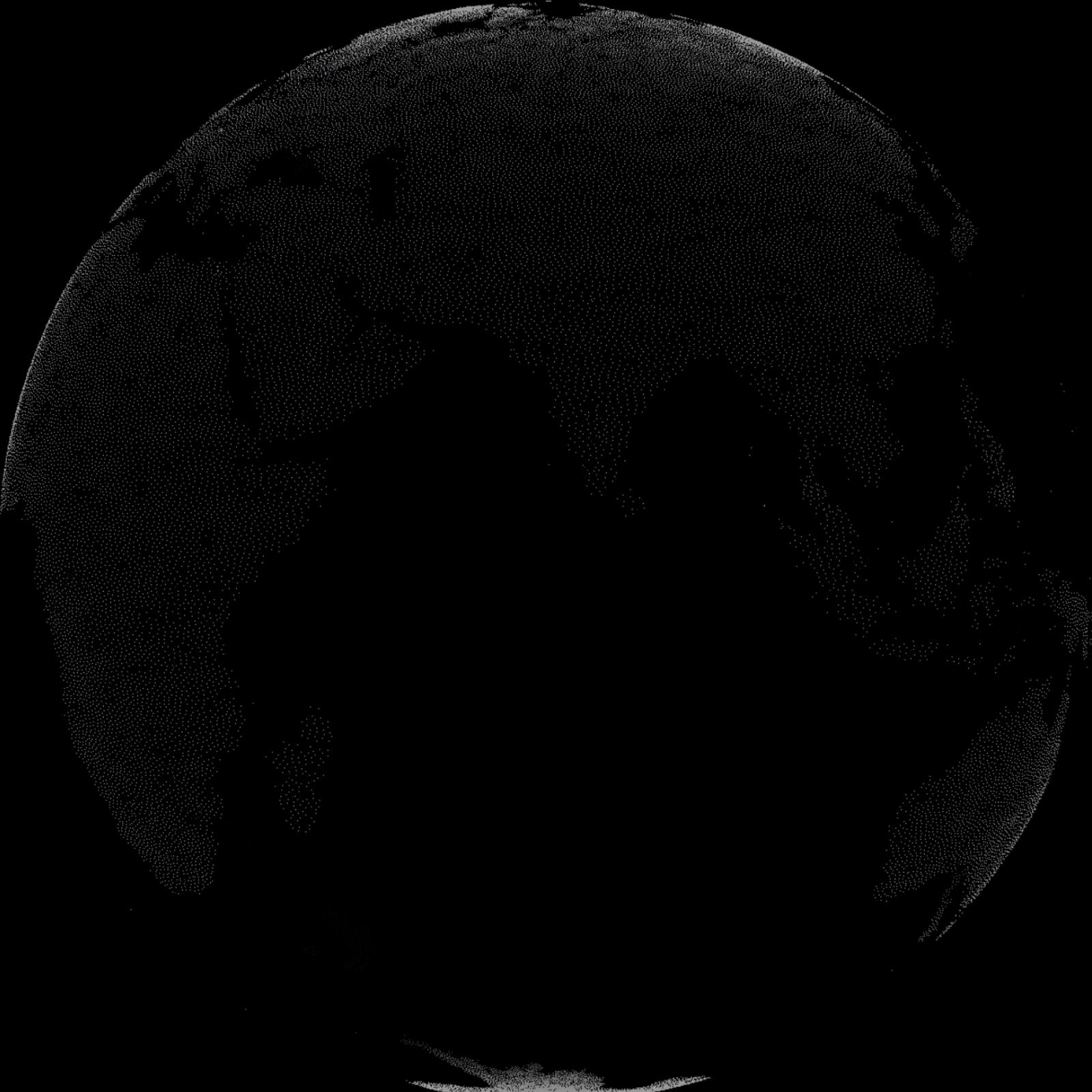

Learn about Maya Lin’s fifth and final memorial: a multi-platform science based artwork that presents an ecological history of our world - past, present, and future.

Discover ecological histories and stories of former abundance, loss, and recovery on the map of memory.
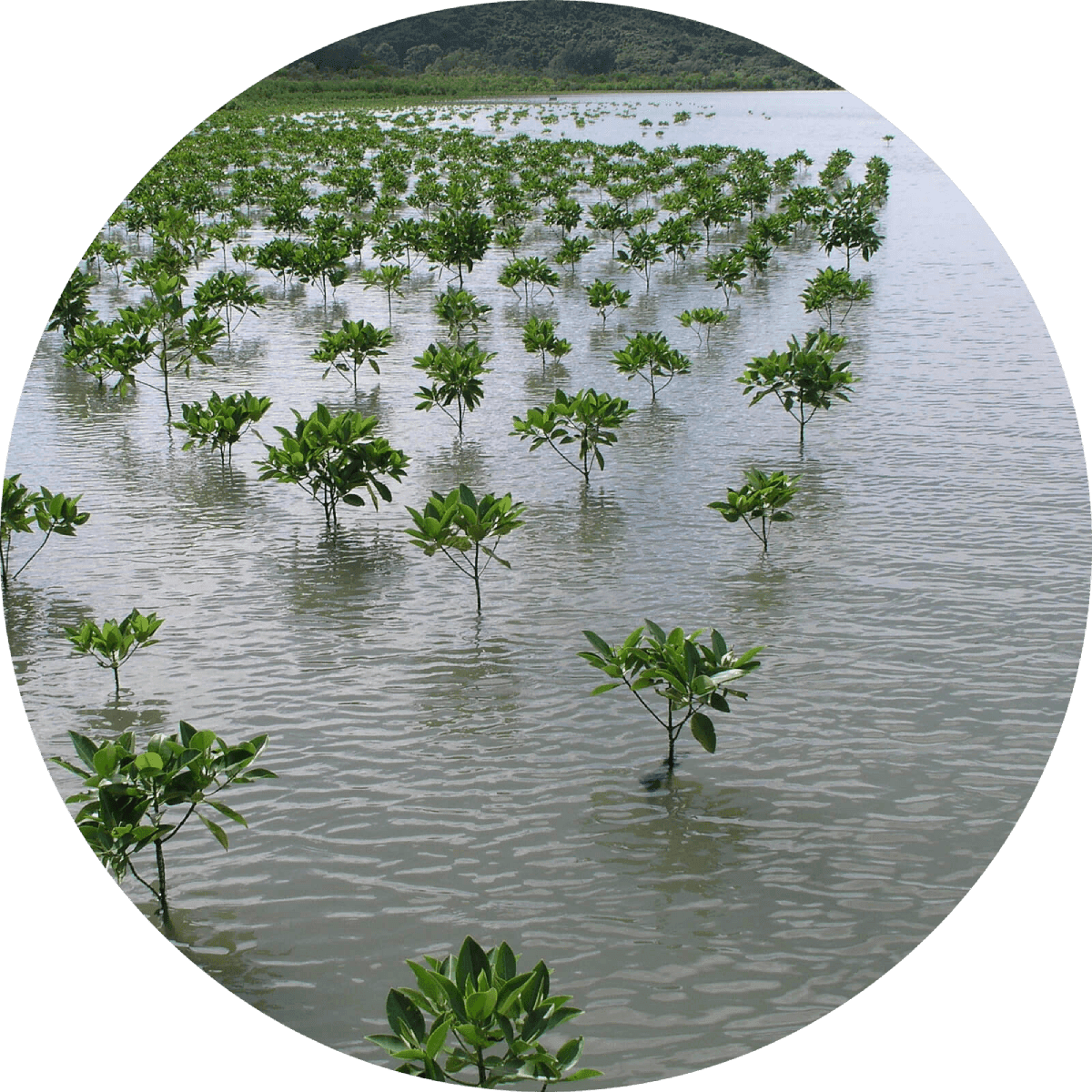
Learn how we can reduce our emissions and protect and restore species and habitats – around the world.

See how art can help us rethink the problems we face, and give us hope that each one of us can make a difference.
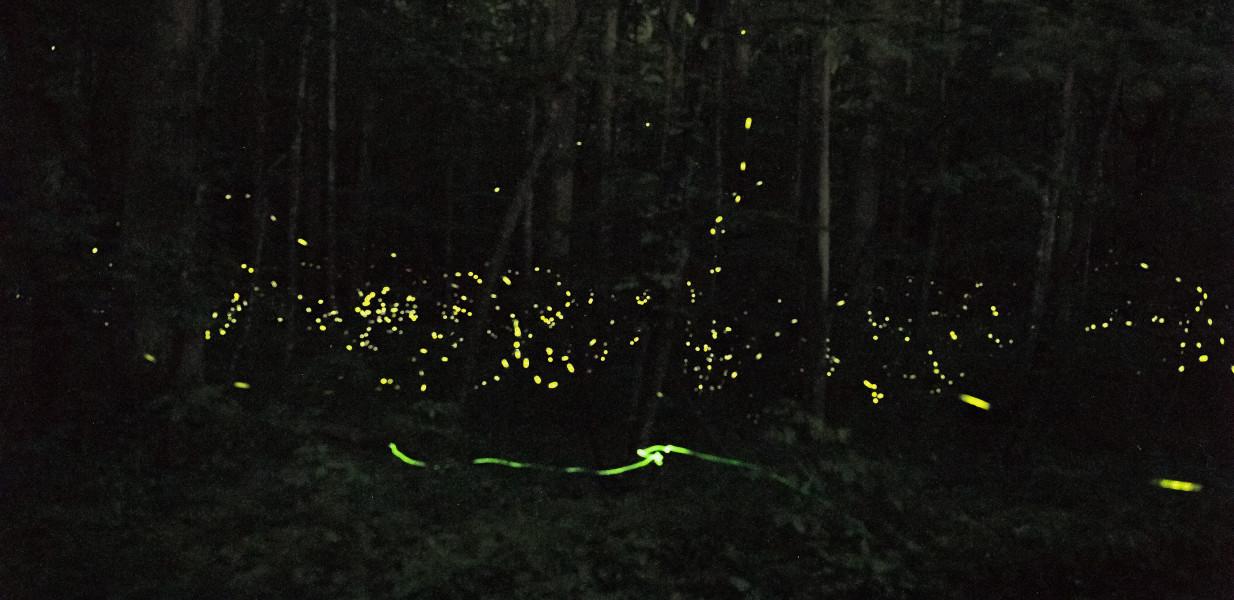
Help make a global memorial something personal and close to home. Share your stories of the natural world.
